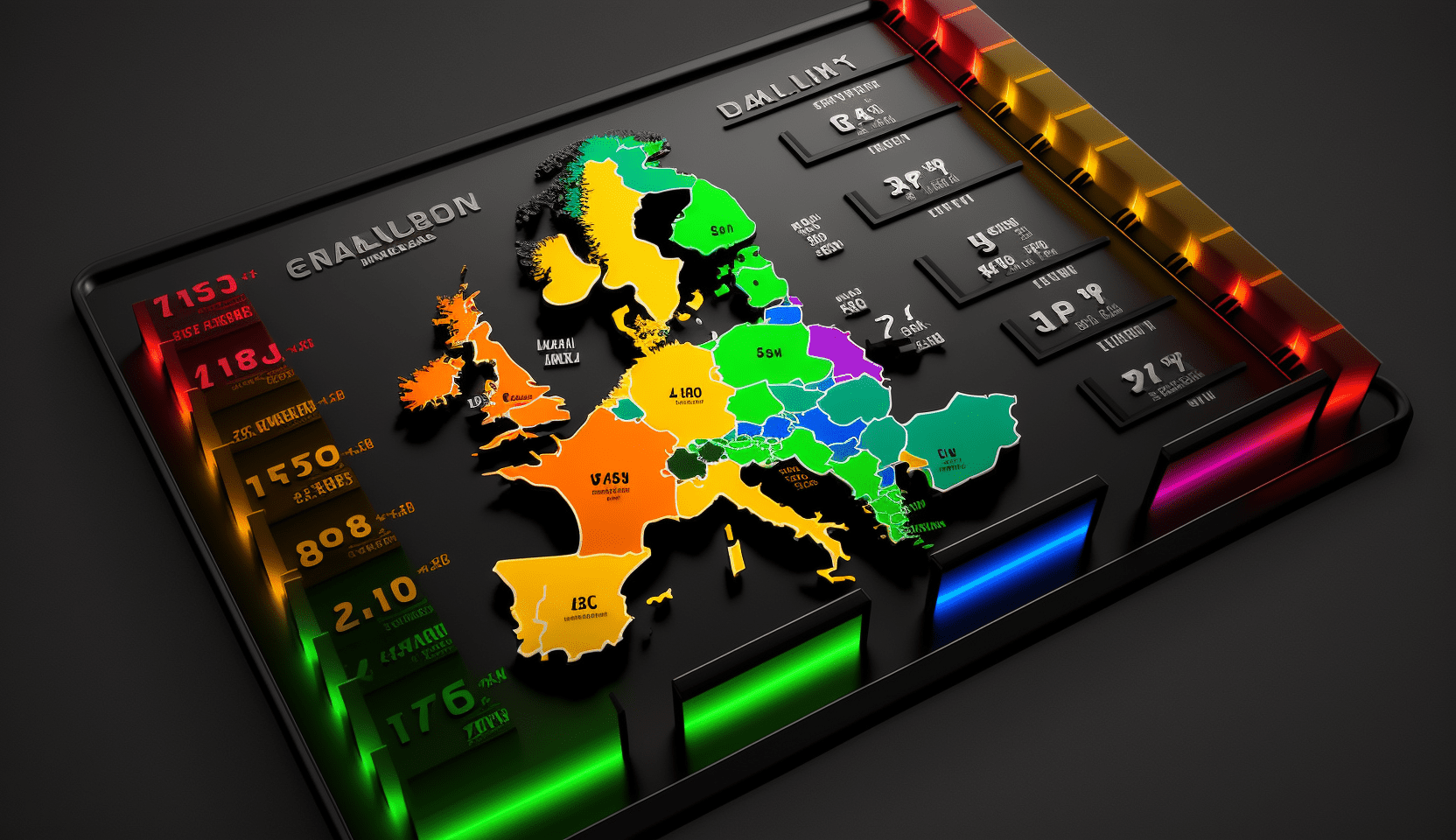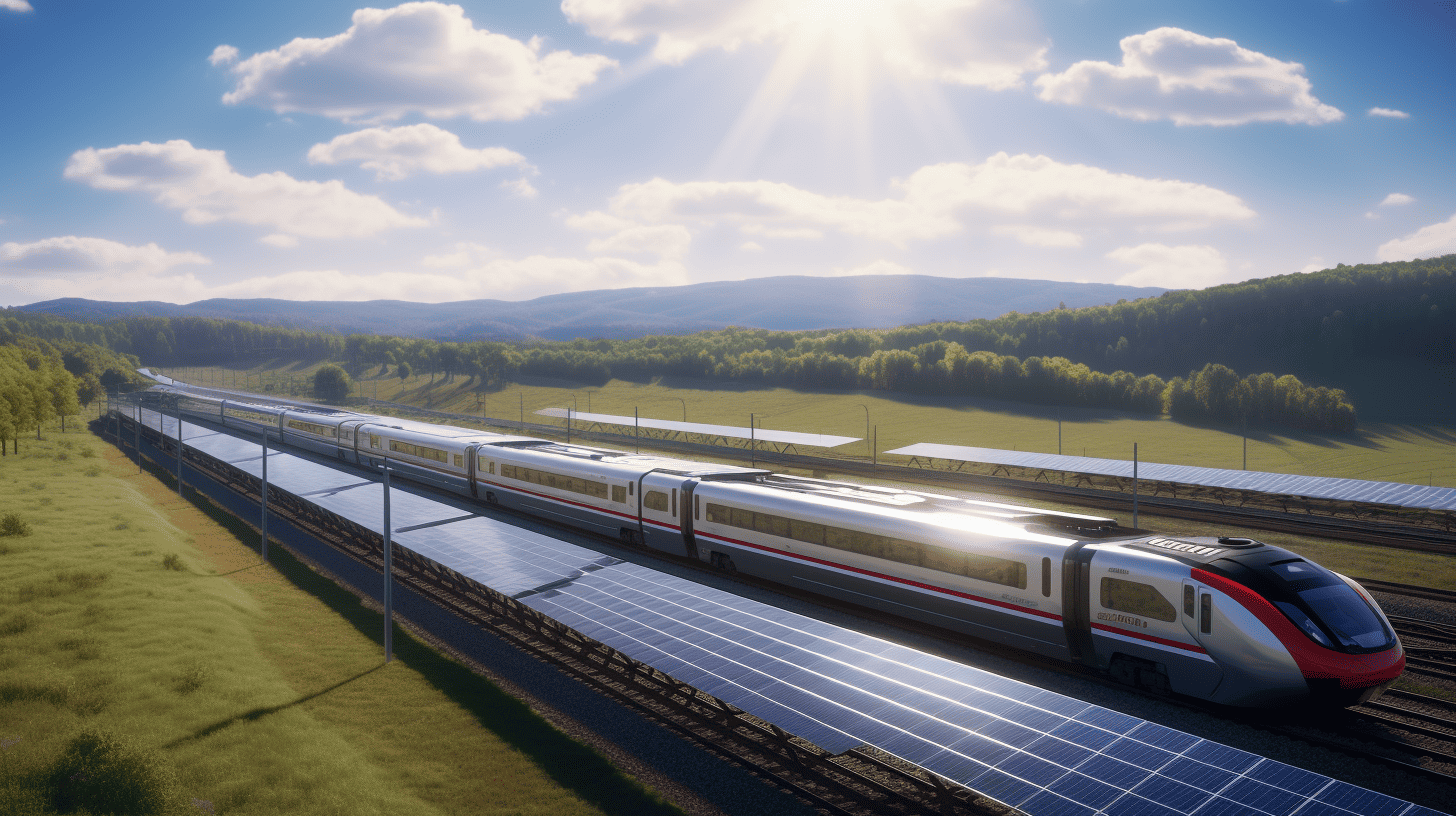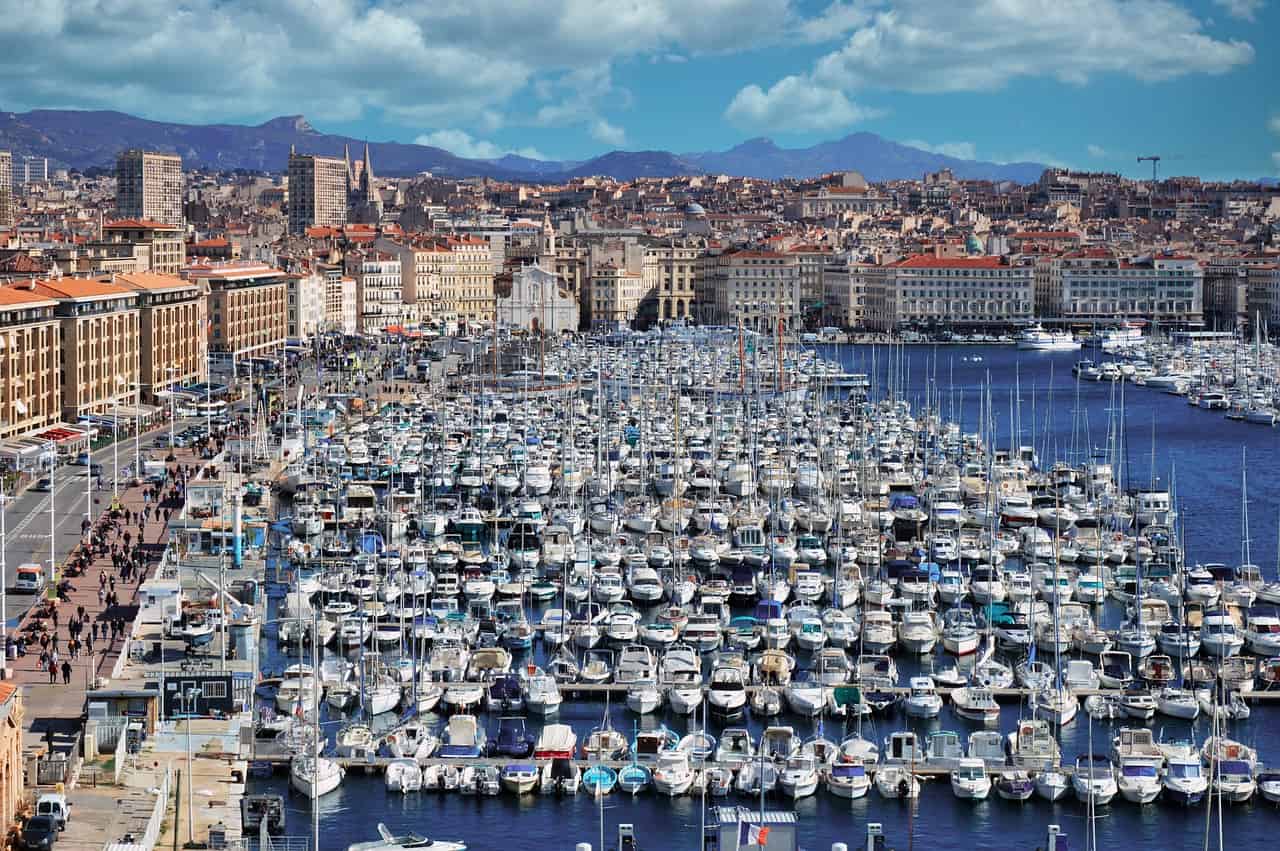
The new platform Territoires au Futur by The Shift Project, a French think tank and NGO, offers figures and analysis elements for the energy and climate transition. The platform aims to support administrators and citizens in meeting the 2030 climate goals. The platform is a free decision-making tool accessible to all. For now, the platform focuses on four themes: agriculture and food, economy and employment, housing, and mobility.
“We want to give administrators information about the ecological and climate crisis and feed the debate with quantitative information,” explains Jean-Marc Jancovici, an activist energy specialist, author of The Endless World, and founder of The Shift Project. But the information is not only for administrators; citizens can also use it to encourage their administrators to accelerate transitions. For the initiators of the project, there is urgency, “the current term of the administration of municipalities is the last full term of administration before 2030, the date by which emissions must be halved compared to 1990.” And they hope this platform will “reinvigorate the governance period” by encouraging elected officials to “refocus their policies to improve the resilience of their areas.”
Data for different levels of government
Specifically, the Territoires au Futur platform provides access to indicators compiled from French databases for diagnosis at the municipal, inter-municipal, departmental, and regional levels. Through the name of a municipality, one accesses a dashboard with the latest data on the artificialization of environments (disappearance of nature), the distribution of greenhouse gas emissions, food security, economic activities sensitive to climate risks, car dependence, access to public services, energy renovation in the built environment or dependence on gas and heating oil in homes. Within the platform, one can easily change layers of governance to determine at which layer actions should be taken to improve the situation. In addition, the site offers some 20 maps on the same four themes at the inter-municipal, departmental, and regional levels that allow comparisons between areas.







